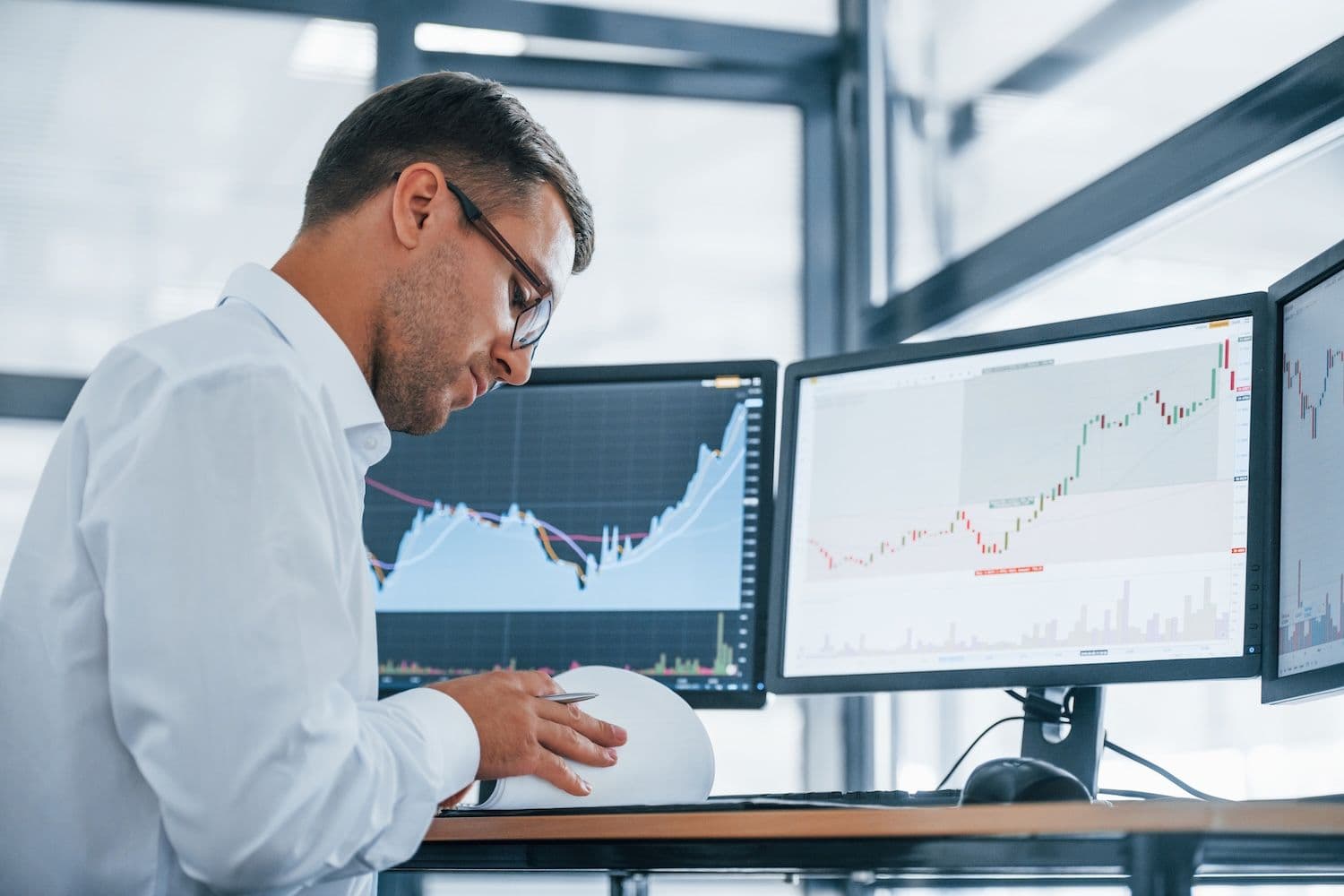Pump.fun's native token PUMP has recovered nearly 30% from its lowest point this week, climbing from $0.0022 to break above the $0.0030 resistance level for the first time in seven days. The surge follows the platform's decision to allocate 98% of its daily revenue toward token buybacks, marking a shift in strategy as the cryptocurrency attempts to recover from a 70% decline since its all-time high.
What to Know:
- PUMP token dropped 70% from its July peak of $0.0068 to a low of $0.0022 before this week's recovery
- Platform now dedicates nearly all daily revenue to buying back tokens, with $21.5 million spent on repurchases since July 16
- Large investors are returning, including one whale who purchased $3.16 million worth of tokens on Thursday
Token Struggles Following Launch Hype
The cryptocurrency launched July 14 with an initial coin offering price of $0.0040. Within 48 hours, PUMP surged 70% to reach its all-time high of $0.0068 on July 16. The rally proved short-lived as selling pressure from institutional investors and disappointment over delayed airdrop plans triggered a steep decline.
By July 21, just one week after launch, the token had fallen below its ICO price. The downward spiral accelerated when co-founder Alon Cohen announced the PUMP airdrop would face significant delays. This news pushed the token to its first all-time low of $0.0028 on July 25.
The decline continued through the following week. PUMP established a trading range between $0.0024 and $0.0029, making three unsuccessful attempts to break above this zone. On July 29, the token hit a new low of $0.0022, representing a 67% drop from its peak value just two weeks earlier.
Recovery Gains Momentum
Thursday marked a turning point as PUMP surged 12% to reach a weekly high of $0.0032. The move broke the token above its key resistance level for the first time since July 22. Trading volume increased substantially as the price climbed from the $0.0022 low.
Cryptocurrency analyst Altcoin Sherpa noted the recent price action in a social media post.
He described PUMP as showing "some great strong moves lately" and suggested a potential "hated rally" could emerge. The analyst had previously predicted the token would find its bottom "relatively soon" followed by "some sort of giga crime pump."
The recovery appears driven by renewed institutional interest. On-chain data from Lookonchain revealed a whale investor spent 17,542 SOL tokens, approximately $3.16 million, to purchase PUMP at $0.00297 per token Thursday. This same investor had previously lost $125,000 on earlier PUMP positions.
Understanding Crypto Market Dynamics
The PUMP token operates within the broader memecoin ecosystem, where sentiment and community engagement often drive price movements more than fundamental metrics. Memecoins typically experience high volatility, with rapid price swings becoming common during both rallies and selloffs.
Token buybacks represent a strategy where companies or platforms use revenue to repurchase their own tokens from the open market. This approach can reduce circulating supply and potentially support price levels, though effectiveness varies based on execution and market conditions. Initial coin offerings allow new cryptocurrency projects to raise capital by selling tokens at predetermined prices before public trading begins.
All-time highs and lows mark the extreme price points a cryptocurrency has reached since trading began. These levels often serve as psychological barriers for traders and can influence future price movements when approached again.
Buyback Program Drives Platform Strategy
Pump.fun has dramatically shifted its approach to supporting the token price through systematic repurchases. According to on-chain investigator EmberCNB, the platform transferred 12,000 SOL tokens worth $2.16 million to its buyback address on July 30. This represents part of a larger repurchase program that began July 16.
Since launching the buyback initiative, Pump.fun has purchased 3.828 billion PUMP tokens using 129,100 SOL tokens valued at $21.5 million.
The platform initially transferred 187,770 SOL tokens, approximately $30.53 million, from its fee collection wallet to fund the program.
Recent data suggests the buyback strategy has intensified. One community member observed that "PumpFun has pivoted to what seems to be 100% token buybacks" with 98% of the platform's daily revenue now directed toward token purchases.
However, some market participants have expressed concerns about the program's consistency. One user criticized the approach as "erratic," noting the platform initially spent $10 million on buybacks in one day, then stopped, resumed with $1 million purchases, stopped again, and now allocates all revenue. The user suggested this pattern appears designed to "see what gets attention" rather than following a coherent strategy.
Market Outlook Remains Uncertain
The token's recent recovery has brought PUMP back to levels not seen since late July, though it remains significantly below its all-time high. The 30% surge from lows demonstrates the potential for rapid price movements in both directions within the memecoin sector.
Trading patterns suggest the $0.0030 level will serve as a critical test for sustained recovery. PUMP has attempted to break above this resistance multiple times over the past week, with Thursday's move representing the first successful breach. Whether the token can maintain these levels will likely depend on continued buyback support and broader market sentiment.
The platform's commitment to using revenue for token repurchases provides a potential floor for prices, though the sustainability of this approach depends on maintaining adequate platform revenue. With institutional investors showing renewed interest and buyback programs providing support mechanisms, PUMP faces a critical period that could determine its longer-term trajectory.
Final Thoughts
Pump.fun's PUMP token has staged a notable recovery from recent lows, climbing 30% as the platform dedicates nearly all revenue to buyback operations. While the token remains well below its July peak, renewed institutional interest and systematic repurchase programs have provided support at current levels, though questions remain about the sustainability of this strategy.

